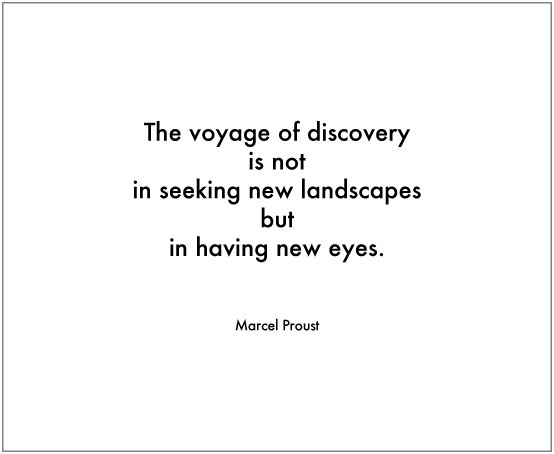And lots of people have taken the ideas in my recent post about maximising choice and control in end of life and are beginning to try them out out too: real innovation happening right now!
Pioneer of person centred thinking and planning Helen Sanderson followed the simple rule in person centred approaches: "Try it out with yourself or your family first, because the closest thing to experiencing using it in real life, is experiencing using it in real life".
So she sat with her mum Carolyn, and helped her own plan for end of life.
She had already started a plan, so they worked together on it further: Here's what they came up with together.
To me, you have captured the essence of a person centred practice as soon as you can sit down with your mum and do it!
Helen also pointed out something: It's quite routine for people like our mortgage advisor or our solicitor to ask us what our plans are for the end of our life, what will we do with our possessions? How will we pay for our funeral? Why is it therefore so rare that nobody medical asks us about our plans for when we die? Could this be something our GP does? Whose job could it be?
We also encouraged as many people as possible to try the new formats out at their own homes, hospices or workplaces, or indeed with their own friends and families. We will have a big online feedback session soon, using the hashtag #maxeolc. Don't forget to use the Advanced Care Planning 'Fink Cards' as a way of opening up really good conversations around end of life.
It's not just in the UK. I sent out an electronic version of the Daily Mail article to my colleagues on the board of The International Learning Community for Person Centred Practices. Some of them have felt driven to action too!
Laura Buckner said "I have shared your work online. I recently shared it with my cousin (end-stage lung cancer). I will have lunch next week with a cycling buddy of mine who also happens to be a hospice chaplain; I specifically want to share your work with him and talk about how we can collaborate to bring this to the many patients and their families he supports.
and Michael Smull said "Great article. I hope it inspires many others to do the same. I have been sharing your planner here in the US. I have sent it to some of the federal officials I know and I was showing it the people in charge of social care and health in the Minneapolis area yesterday. I hope we can help it make a difference here as well"
So please feel free to become part of this process of innovation. Pick up the tools and try them out in your own workplace. Look out for further blogs on this topic, not just from me but from leaders in the field of end of life, and be ready to join in with the twitter conversation #maxeolc when we announce the date!






